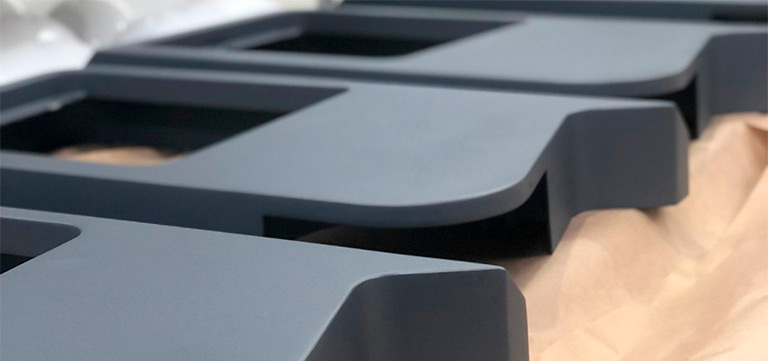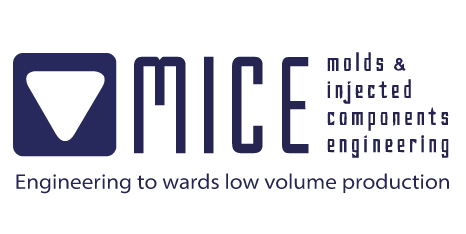
The Reaction Injection Molding Process consists of injecting into a mold two liquid components that, when mixed, react with each other and polymerize, in order to produce a material with predetermined structure and properties.
Reaction Injection Molding has some advantages when compared to other processes.
Benefits:
- Low mold construction cost and easy amortization;
- Molds made of aluminum, resin, among others;
- Low production costs;
- Low energy consumption;
- Productive capacity for the production of more complex parts, with a different geometry and with more detailed characteristics;
- Ability to produce large variations in its thickness;
- Possibility of adding fillers to increase the resistance of the parts;
- Use of various types of plastic;
- Ease of molding with inserts;
- Ease of changing the design – color, texture;
- Short production times – high efficiency.
It should also be noted that reaction injection molding allows the creation of parts efficiently and effectively, since the parts are practically ready after being removed from the moulds.
Currently, it is also a process used by most companies since ecologically, it can also be profitable. It is possible to resort to reusing plastics, so there is almost no waste left behind and energy costs are also lower.
It is therefore a process selected by many companies.

